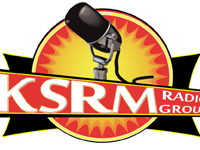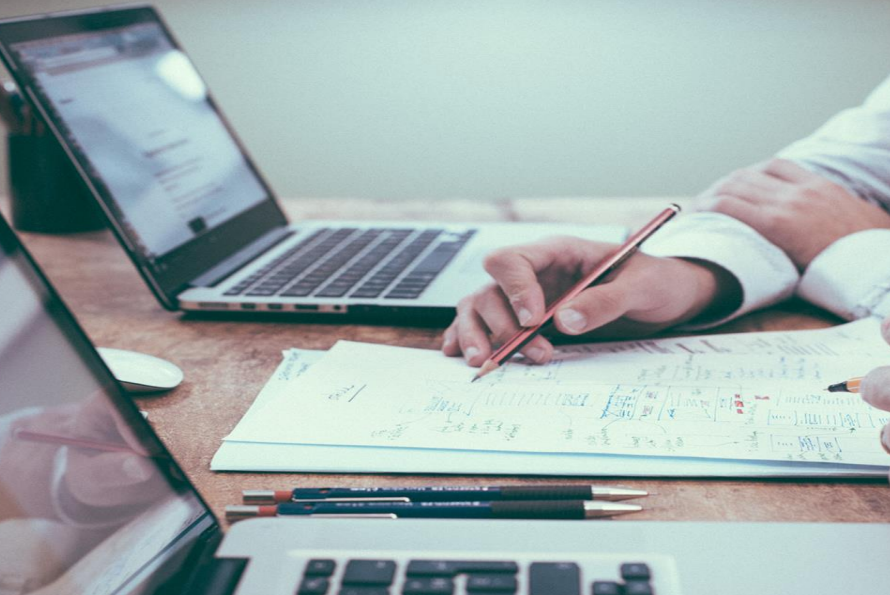The Kenai Peninsula Economic Development District held a virtual public forum, titled the Economic Future Forum, on Wednesday afternoon. The forum allowed KPEDD’s featured speakers to provide an economic overview of the Kenai.
Nolan Klouda of the University of Alaska Anchorage offered details regarding unemployment on the Kenai: “So the Kenai Peninsula is down about 2,400 jobs from November [2019] to November [2020]. The job-loss rate seems to be improving a bit, but a lot of that is the seasonality of it. Of course, along with that, this explosion in unemployment that happened – the steep uptick is what happened in March. These are the ‘new’ unemployment claims. I always tell people that this is normally a very boring data set. It’s [usually] a flat line that varies from 800 to 1,000, statewide, for one week to the next. It’s not usually an indicator that we really watch all that closely. When it gets exciting, when it gets interesting, that’s bad news. That’s when we go from 1,000 job claims in a week to 14,000.”
Which industries have been impacted most significantly? “The only positive [industries] are retail trade, and other services. It’s interesting that retail is up on the peninsula, because it’s been down pretty hard in most other parts of the state. I think this might be larger, big-box retailers, such as Fred Meyer, Walmart, those operations, more so than smaller ones. The ones that have taken the biggest hits: leisure and hospitality, not too surprising, that’s our bars, restaurants, a lot of the hotels, a lot of the visitor-serving segments of the economy didn’t have as much of a visitor season this year.”
Also: “Warehousing jobs, trade-transportation utilities included as part of that, and local government is down, too. You guys may know the story there more than I do, but that does include the school district, as well as municipal government, borough government. It is down a bit.”
With regards to recovery, he believes the vaccine will help the nation’s economy recover, but that the state of Alaska’s economy was already behind the rate of the nation entering the pandemic. That said, he believes it is fair to expect a slow return, as Alaskans still must begin to trust venturing out into the public at a comparable rate to what they did pre-COVID.

